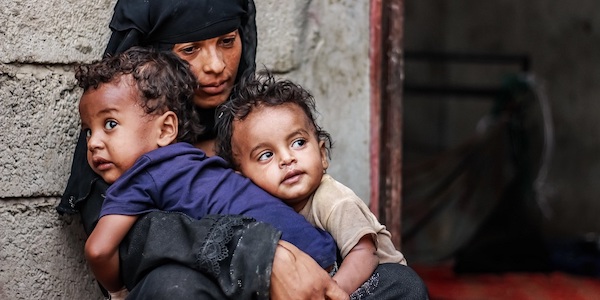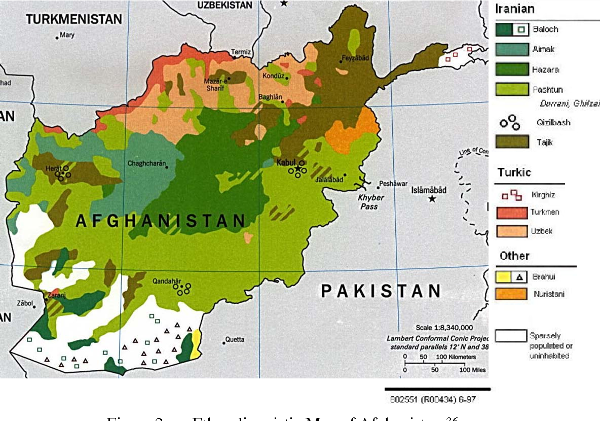The health situation and medical care in Yemen are increasingly deteriorating as war and all-out blockade imposed by the Saudi-led Arab coalition continues to hold, increasing the indirect war casualties especially among the civilians and aggravating the already-deteriorated humanitarian crisis in the Arab country.

As reports come out every day to set off the alarm bells about the tragic impacts of the five-year sea, air, and ground blockade on the countryís health conditions, which include growth of epidemic diseases, the international aid and relief organization Oxfam in a statement sent out a strong warning about the continuation of this situation in Yemen, saying the number of the cholera-infected Yemenis is set to surge as rains are predicted in April. The Britain-based organization added that the number of those suspected of infection with cholera from January 2017 to December 2019 was beyond 2.7 million cases. Oxfam went on that in 2019 Yemen was the worldís second country with the fastest pace of cholera spread. Only in last year, 680,000 cholera cases were detected in that country.
Oxfam held that the cholera spread across the country has been increasingly fast and the war waged by the Arab alliance suspended the efforts to solve the long-lasting problem in Yemen. The report said that northern provinces are facing big dangers of disease spread as they face famine and water shortages amid choking siege.
Five cities of Sanaía, Hajjah, Hudaydah, Taizz, and Dhamar since 2017 witnessed an unprecedented growth of the disease. At present, it is estimated that about 17 million Yemenis are at difficulty finding fresh water. Digestive diseases and diarrhea problems are mainly aggravated by a lack of access to medical and sanitation systems as well as freshwater.
Mohsen Sadighi, the head of Oxfam Yemen program, told journalists in a press conference that Yemen outlook is dark and cholera this year will continue to spread as fast and wide as the last year. The predicted rains are expected to cause cholera to infect thousands of more Yemenis. This is a crisis fallen out of international attention. It is shocking that this lasting crisis draws little attention, he continued.
Cholera initiated in 2017 as an epidemic in Yemen and fast slid out of control as it affected 360,000 in the first quarter. Although in the next year, fewer cases were detected, in 2019 the disease rejuvenated as it infected and took the lives of more people. In 2019, 860,000 cases were detected, 1,050 of which died, reports said. The deaths are even more, informed sources say, as the Yemeni civilians, mainly in villages and mountainous areas, continue to lack access to medical and sanitary services amid the blockade.
UNICEF Yemen situation report
Before the Oxfam report, the United Nations Children Fund (UNICEF) on January 30 in a report on Yemen status expressed concerns on the women and children situation under the renewed clashes and violence in Yemen. It reported that only in January, 35,628 were affected by cholera and 14 died of the disease. Only in the first week of January, 5,244 were suspected of dengue fever, 11 of whom died, UNICEF reported.
Dengue fever is an infectious disease caused by a virus with the same name and transfers to humans by gnats. Dengue fever is also known as Breakebone fever as the patient feels like their bones are breaking due to severe pain. The disease is mainly found in equatorial parts of the world like Southeast Asia. However, over recent years, it crossed its traditional borders to spread in more parts of the world. No vaccine for it has been discovered yet.
According to UNICEF, 24 million Yemenis, 12.2 million of whom children, desperately need international aids.
The childrenís fund added that currently 1.7 million Yemeni civilians are displaced from their homes across the war-weary country. Over the past three years, roughly 4.3 million Yemenis, half of whom women, were displaced by the military operations led by Saudi Arabia which launched a military campaign since 2014 to reinstall the fugitive president Abdrabbuh Mansour Hadi who was ousted by a popular uprising led by Ansarullah Movement. 27 percent of the displaced are below 18. The UN says that relatively 76 percent of Yemenis displaced are women and children.
Collapsing Yemen healthcare system, Coronavirus the big threats
The reports about cholera widespread and warnings about possible Coronavirus entry to Yemen come while the nationís healthcare system is on the brink of full collapse. The healthcare personnel reportedly did not receive adequate salaries since the start of the crisis five years ago. Many of them were killed by the Saudi bombing campaign targeting residential areas, hospitals, and medical service sites.
Yousef al-Hadheri, Yemen ministry of healthís spokesman, in March 2019 said that 103 doctors, nurses, and other hospital personnel were killed by Saudi airstrikes targeting their workplaces. The air raids injured 245 of them, the spokesman stated.
The medical infrastructure has been well damaged by the attacks, too. The health ministryís spokesman said that the Arab coalition warís damage to the health infrastructures could count up to $10 billion. The damage is so massive for a country as poor as Yemen and will take decades to reverse.
According to the health ministry, some 452 hospitals and medical centers sustained damage as the aggression states failed to consider the morality of war.
"Of this number, 288 were reduced to rubble under the direct Saudi-led coalitionís bombings," the ministry reported.
source: Alwaght
LINK: https://www.ansarpress.com/english/14625
TAGS:






























 Violation of the sovereignty and rights of afghan citizens by America
Violation of the sovereignty and rights of afghan citizens by America




